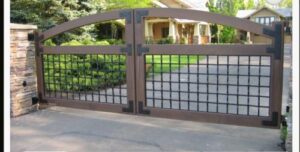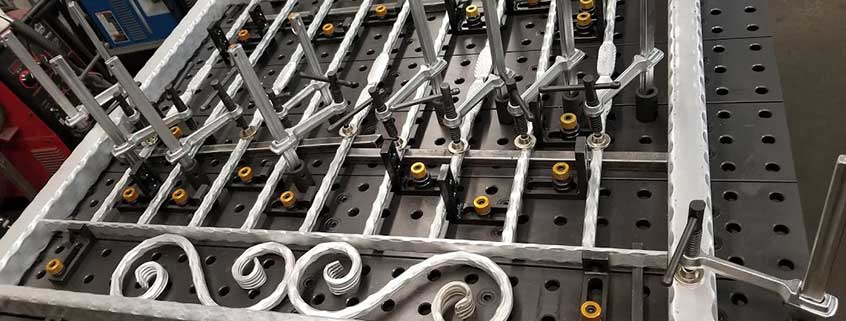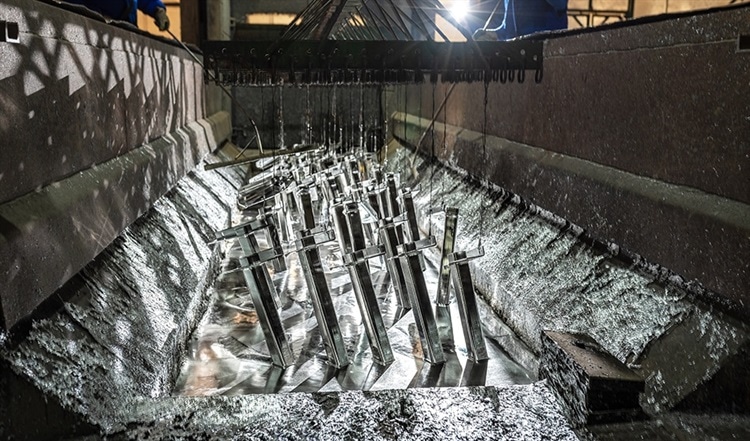Aluminum is a silvery-white, nonmagnetic, soft, and ductile metal, it is the most abundant metal in earth’s crust. Here are some benefits of Aluminum railings:
Durability
- It lasts longer, it can withstand the harshest weather conditions: rain, snow, ice, sun exposure.
- Aluminum is corrosion-resistant, and it will not rust.
- It will not discolor or fade during the time.
- Aluminum will not splinter and twist or crack.
- It will not warp or shrink.
Installation
It is easy to install within few hours. Aluminum is lightweight and the installation process is simple for a wide range of different applications.
Affordable
Aluminum is not the cheapest compared to other materials, it is an affordable option that saves money and time as there is less maintenance.
Low maintenance
- Aluminum is a strong product, therefore, it does not require any maintenance to keep it in good shape.
- Aluminum has a powder-coat finish that will not chip, peel, or crack. It requires cleaning on regular basis.
- With aluminum, you do not need to apply any protective metal coat, or any chemical materials to resist. When you do not paint the aluminum, it develops an invisible oxide on its surface that prevents corrosion.
- Aluminum is a non-ferrous material and does not rust, it maintains its shape and size in any weather condition, it handles long time sun exposure, wind, snow, and rain.
Strength
- Aluminum is light, but it is extraordinarily a strong material, it is available in different styles, shapes, and colors which make it so easy to suit various needs, it can also be customized to match any layout of a house or a building.
- when it comes to modern designs and decorative shapes, Aluminum is flexible
- Aluminum is also a good reflector of light and heat.
- Because it is a very ductile metal and has a low melting point and it can be shaped easily.
Recycling
The most important characteristic of aluminum is that it is a recyclable material, it needs only 5% of the energy to make primary aluminum for the first time. Beverage cans are the most recycled products on earth.

Aluminum uses
You can find aluminum in everyday life with a huge industry behind it, it can be used in many ways:
- Packaging that dedicated to preservation of food, because of aluminum foil, its malleability, its softness, and thinness of this material. The beverages use Aluminum for soda cans because it prevents the interior from heating up excessively and overall does not allow oxygen to enter, it can be an ideal material for preserving liquids.
- Manufacturing bicycle frames.
- Household appliances such as; microwaves, refrigerators, washing machines, music amplifiers… etc.
- The industry is widely used Aluminum to manufacture parts of aeronautics and transports.
- In construction like windows, door, railings, fences for houses, fences for pools.
- Aluminum is used in the vehicle’s body and other car and transportation parts.
- Aluminum is an effective electrical conductor and can be used in electrical transmission lines.



